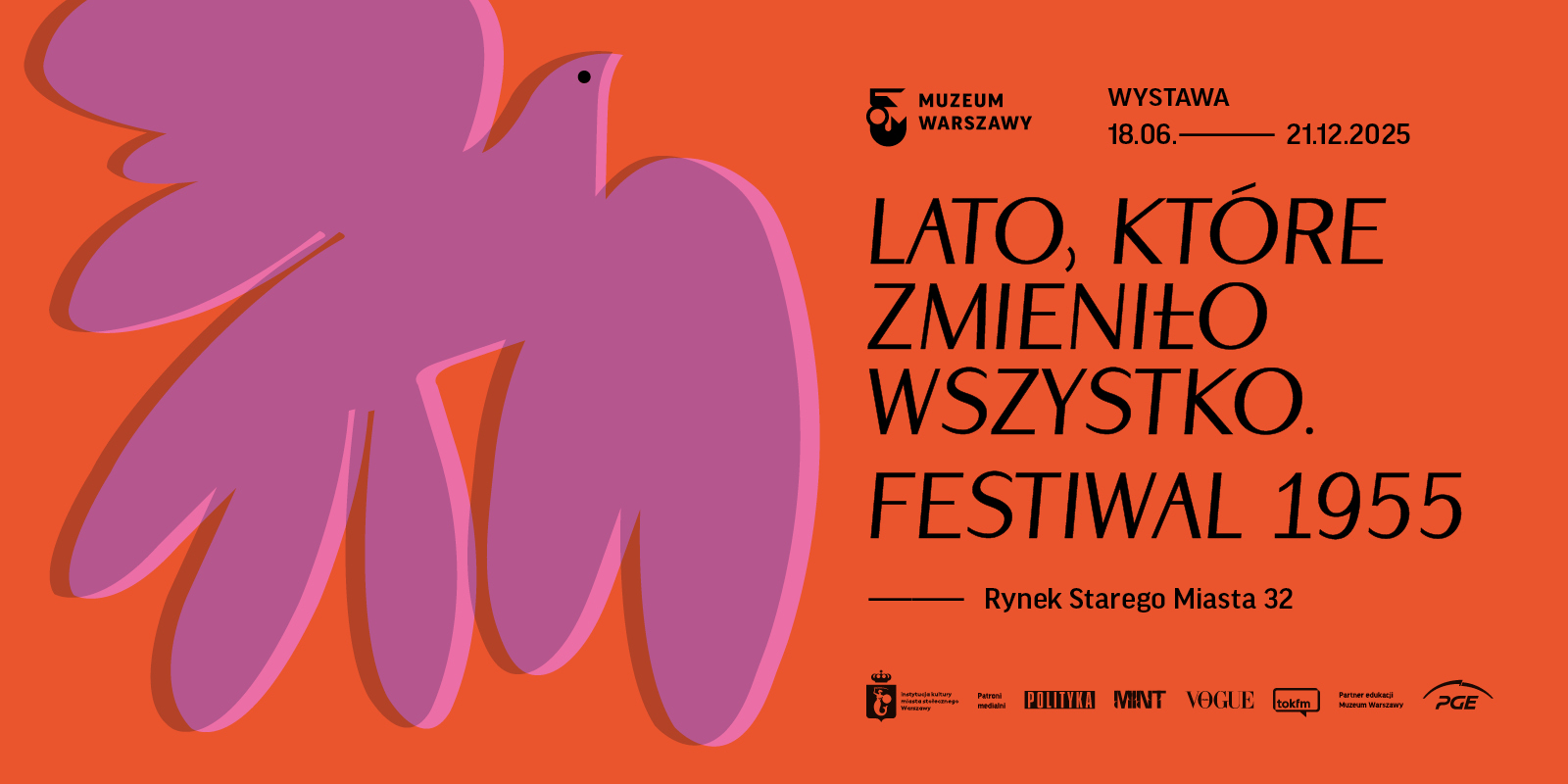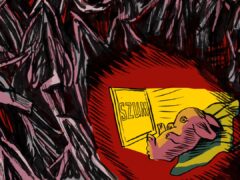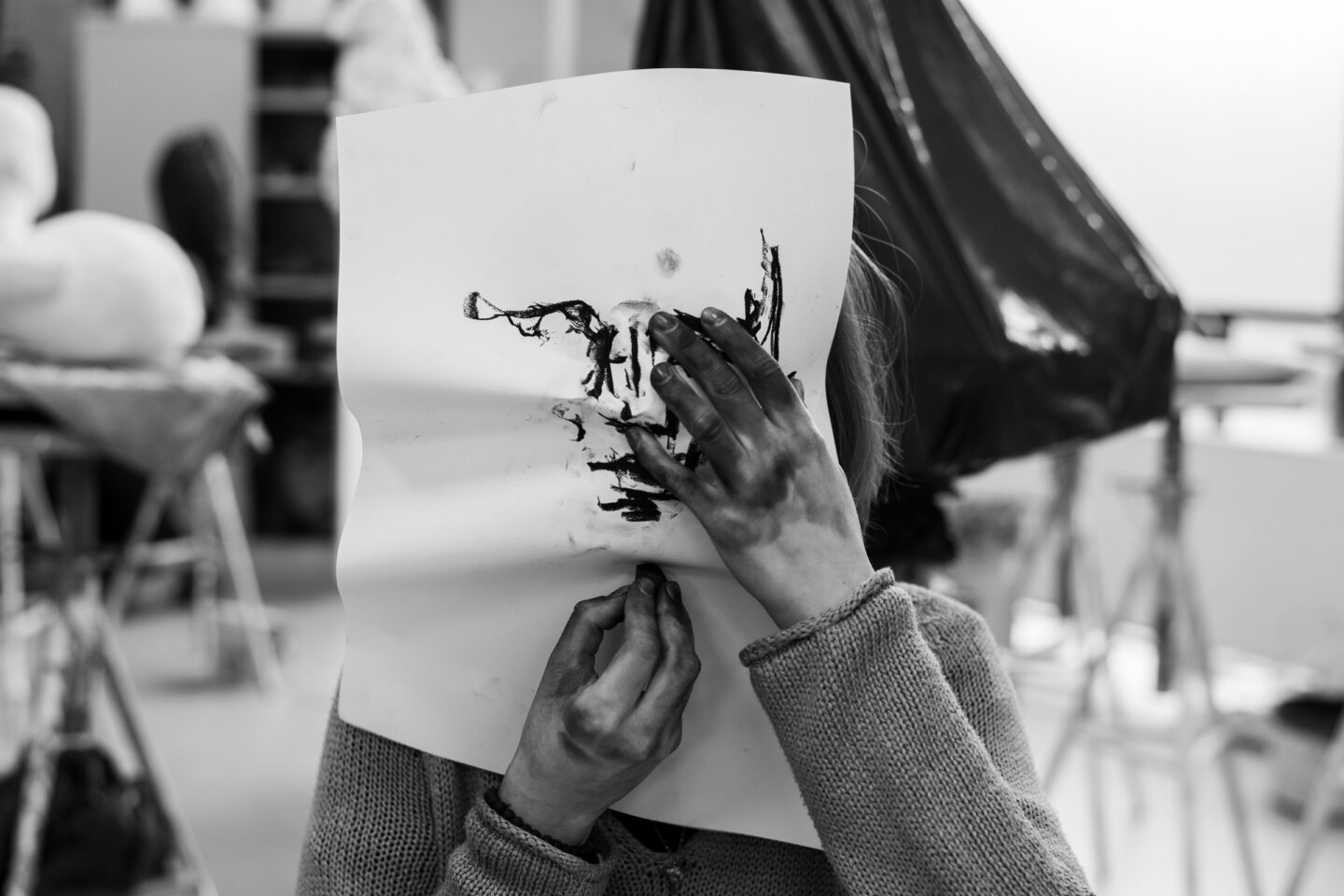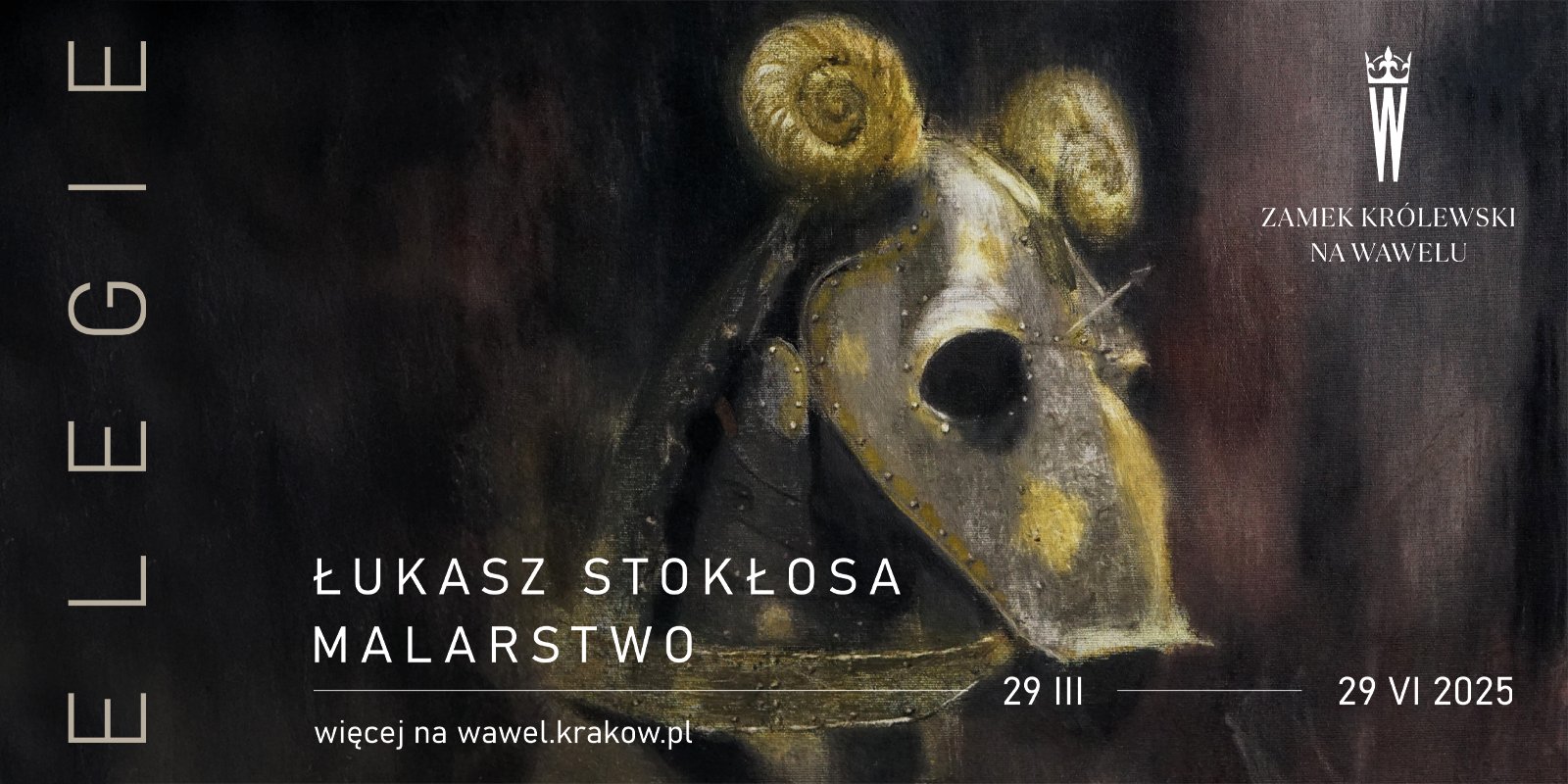„Kolekcja Institut für Deutsche Ostarbeit” Doroty Nieznalskiej w Muzeum Narodowym w Gdańsku [PL/ENG]
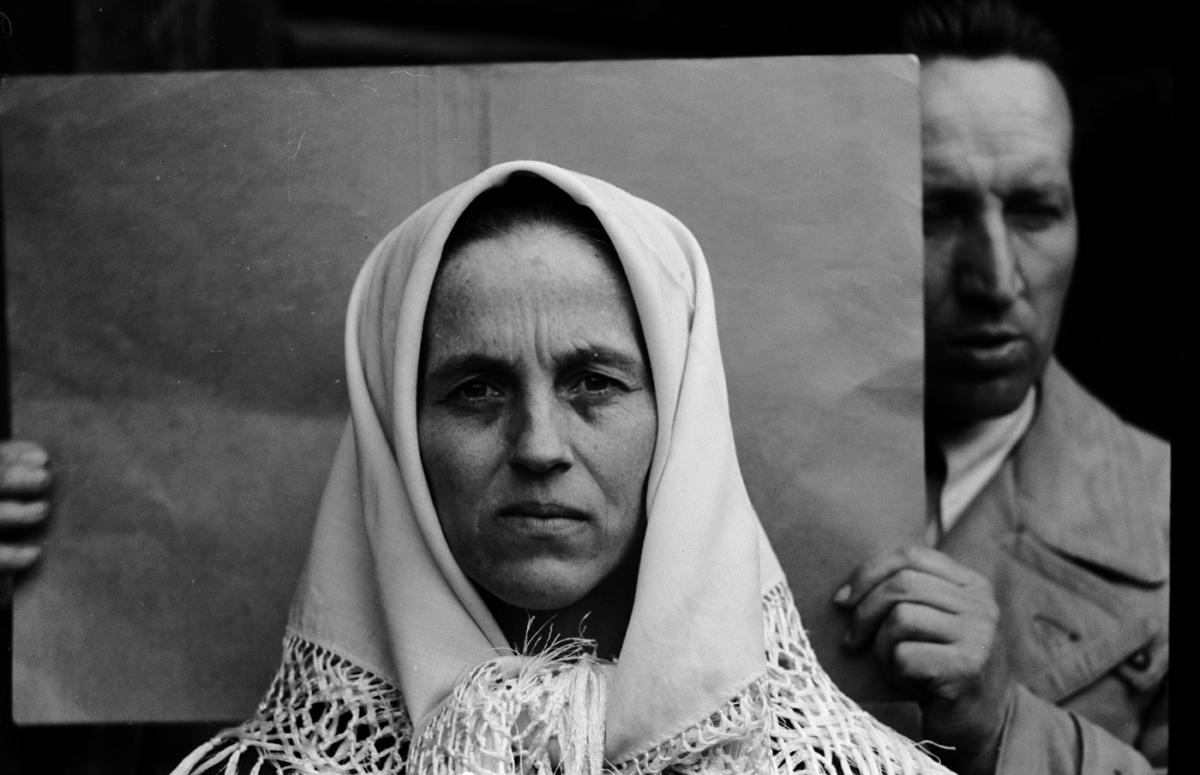
For English version scroll down.
PL
W podejmowanych od kilku lat badaniach nad metodami zorganizowanego systemu propagandy Dorota Nieznalska w wystawach przywołuje postaci wojen i konfliktów I i II wojny światowej (Suur-Suomi / Wielka-Finlandia) i historie miejsc (Kult pamięci! Tannenberg-Denkmal). Analizując artefakty i głównie fotograficzne dokumenty historyczne na ich temat, dokonuje ich wiwisekcji. Dotyka wątków współcześnie zapomnianych, czasem wypieranych przez bezpośrednie ofiary, aby opowiedzieć nam o sposobach manipulowania w systemach totalitarnych. Wykazuje, jak te strategie są powtarzalne, zaczynając od dzielenia ludzi na kategorie rasowe, etniczne, narodowościowe, poprzez przymuszanie do prezentowania określonego światopoglądu, tłamszenie indywidualności, traktowanie odmiennych tradycji jako gorszych, bo obcych, aż po instrumentalizację metod nauki dla tworzenia nowych mitologii homogenicznego państwa.
Kanwą dla wystawy Kolekcja Institut für Deutsche Ostarbeit (IDO) [Instytutu Niemieckiej Pracy na Wschodzie] stała się działalność tytułowej niemieckiej placówki badawczej utworzonej przez faszystów w 1940 roku na Uniwersytecie Jagiellońskim w Krakowie. Jej prezesem był dr Hans Frank, Generalny Gubernator i minister rządu Hitlera. W skład IDO wchodziło kilka sekcji, niezwykle ciekawą z dzisiejszej perspektywy, bo służącą „inwentaryzowaniu wizerunków” ludności, była Sektion Rassen-und Volkstumsforschung [Sekcja Rasowa i Ludoznawcza]. Jej zadaniem była dokumentacja antropologiczna, w tym pomiary i przede wszystkim fotograficzne wizerunki postaci. Dokumentowano także rodzaj zabudowań mieszkalnych ludności łemkowskiej, polskiej, romskiej, ukraińskiej i żydowskiej.
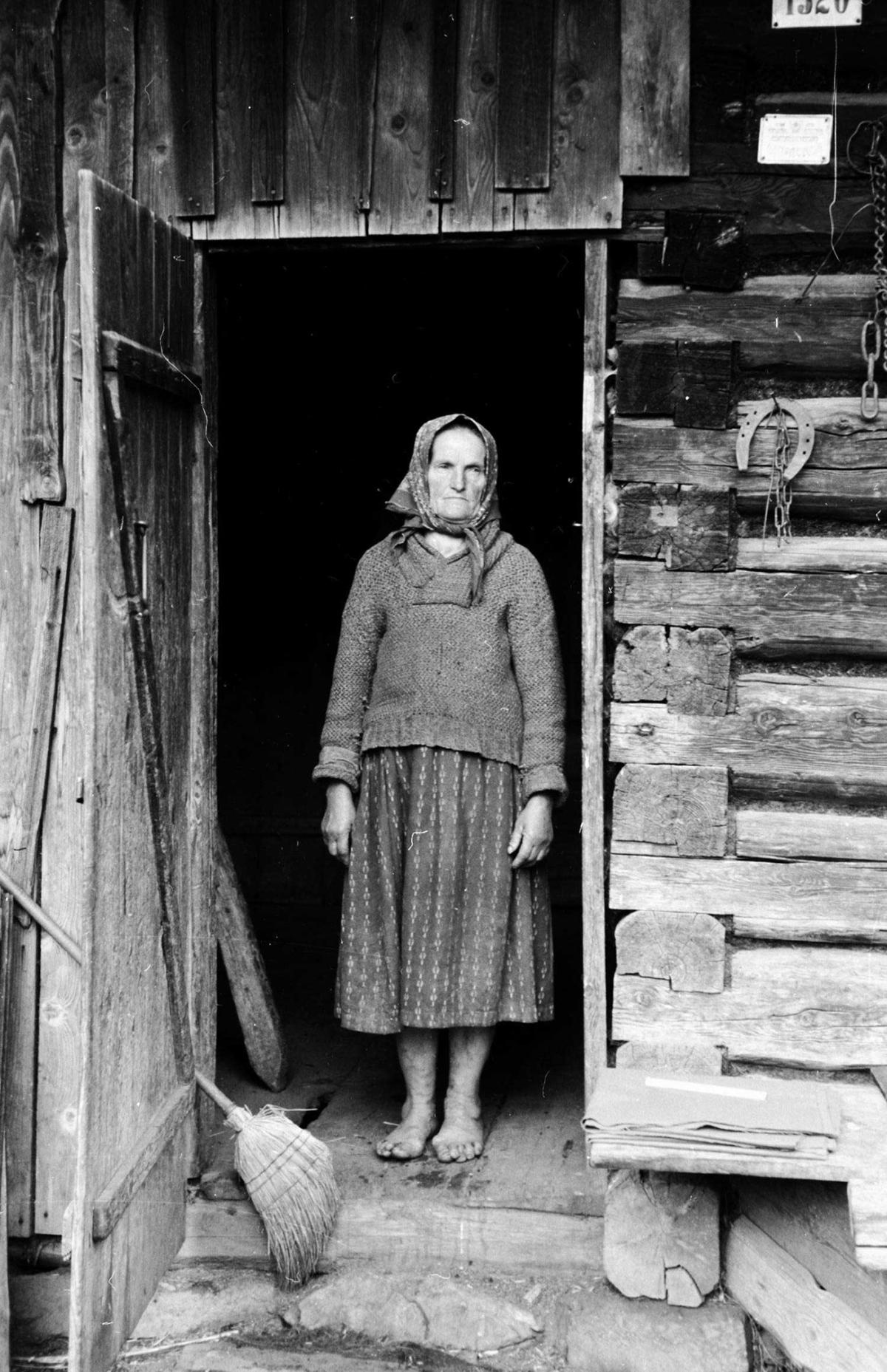
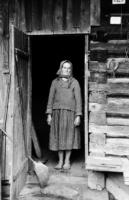
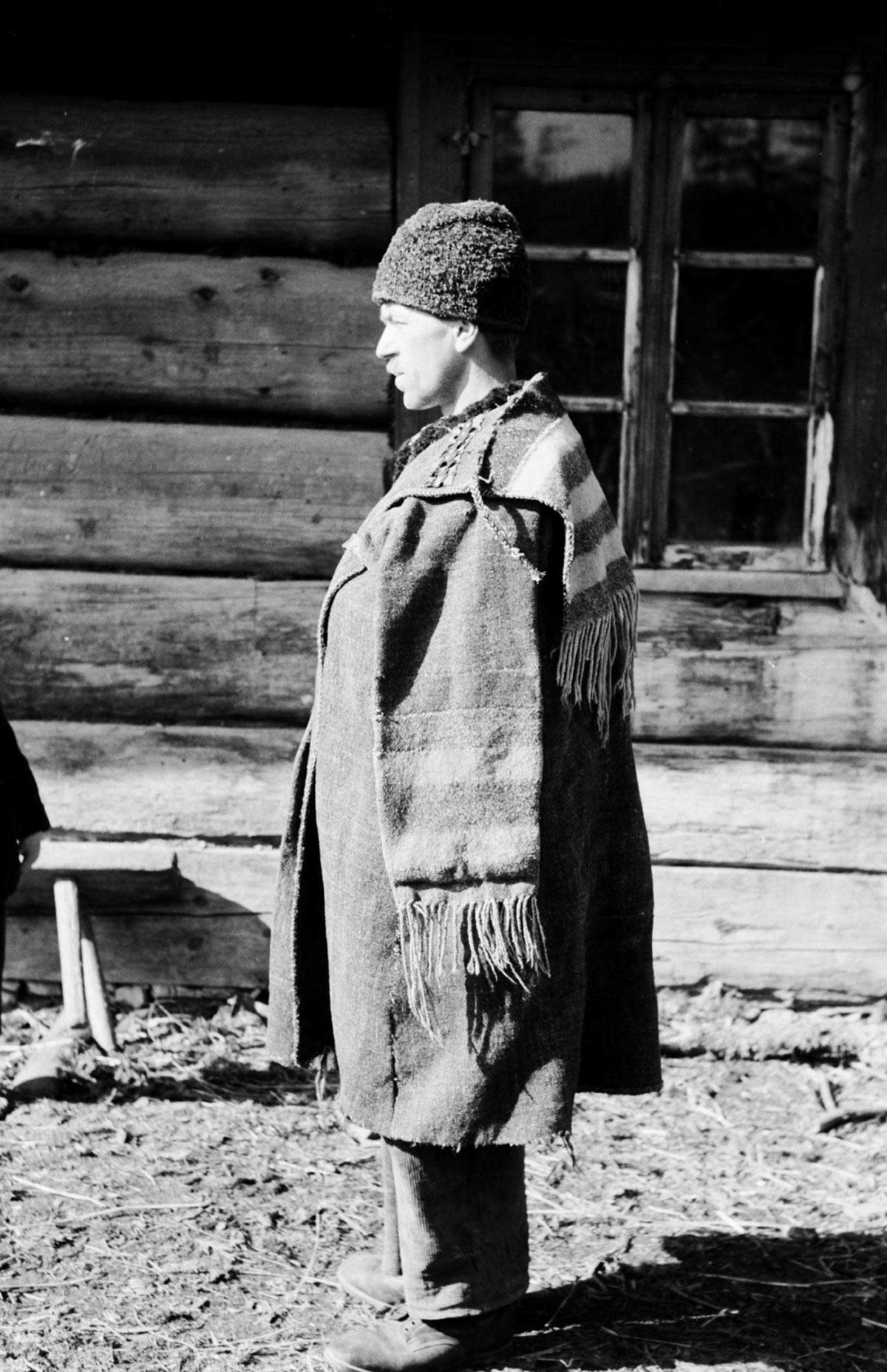

Dorota Nieznalska poddaje refleksji różnorodne wykorzystanie narzędzi antropologii i etnografii oraz historii sztuki. Ukazuje uwikłanie nauki w totalitaryzm, a także dwuznaczny status neutralnych i niewinnych na pierwszy rzut oka krajoznawczych i etnograficznych fotografii. Pracując na cyfrowym zapisie kolekcji IDO, artystka przeniosła wybrane portrety na szkło, dzięki czemu powstał ponadczasowy zapis w ambrotypii. Powrót do dawnej techniki szlachetnej fotografii przywraca portretowanym odebraną im ponad 70 lat temu godność. Temat odbieranych rodzicom dzieci „czystych rasowo” artystka podejmuje w sposób wyjątkowo poruszający, m.in. w odniesieniu do badań IDO w podkarpackiej wsi Haczów, której ludność cechował aryjski typ urody. W haczowskich dzieciach, wśród których większość miała jasne włosy i oczy, upatrywano potomków skandynawsko-germańskich plemion. Tak postawione wnioski w prosty sposób „uzasadniały” powody utworzenia sierocińców, tzw. Lebensborn, gdzie miała być realizowana metoda tworzenia jednostki czystej rasowo, pozbawionej sentymentalnych potrzeb i wyznającej jedyny słuszny pogląd narodowego socjalizmu. O tej niechlubnej historii opowiadają rzeźbiarskie obiekty i archiwalny film na ekspozycji.
Przywołując archiwa fotograficzne tworzone przez III Rzeszę w jednej z najstarszych polskich placówek naukowych, autorka z właściwą sobie odwagą przedstawia fakty i dokumentacje przetworzone w artystyczną formułę instalacji, fotografii, grafiki i obiektów. Warto przemyśleć tę mało znaną kartę historii II wojny światowej, która do 2008 roku pozostawała poza polskimi zasobami. Całe archiwum IDO zostało w 1945 roku ukryte w Bawarii, a po zajęciu jej przez wojsko alianckie przewiezione do Waszyngtonu. Dopiero 9 lat temu, trafiło w polskie ręce, do Instytutu Etnologii i Antropologii Kulturowej oraz Archiwum Uniwersytetu Jagiellońskiego, z którego to zasobu artystka skorzystała w wystawie.
Dorota Nieznalska przywołuje zapomniane i drażliwe fakty bez kontrowersji, ale w odwołaniu do perspektywy własnej rodziny, którą poddano przymusowemu wysiedleniu w ramach Akcji Wisła. Właśnie mija 70. rocznica zakończenia tego pacyfikacyjnego i pełnego przemocy działania polskiego wojska, interpretowanego często jako czystka etniczna.
Dorota Nieznalska (ur. 1973 w Gdańsku) – rzeźbiarka, artystka wizualna, autorka prac wideo i fotografii. Absolwentka Wydziału Rzeźby w Akademii Sztuk Pięknych w Gdańsku, gdzie w 2013 uzyskała stopień doktora. W latach 2010–2017 wykładowczyni na Wydziale Intermediów.
Współpracowała z Galerią Wyspa i Fundacją Wyspa Progress w Gdańsku. Autorka wielu wystaw indywidualnych i prac zrealizowanych w ramach programów rezydencyjnych m.in. w Finlandii, Szwecji, Niemczech. Oskarżona o obrazę uczuć religijnych w 2001, została uniewinniona w 2010. Jej twórczość stała się przyczynkiem do podjęcia szerokiej dyskusji na temat granic wypowiedzi w sztuce. Prace Nieznalskiej znajdują się w kolekcjach m.in. Muzeum Narodowego w Gdańsku, Centrum Sztuki Współczesnej Łaźnia, Centrum Rzeźby Polskiej w Orońsku, Galerii Arsenał w Białymstoku, Europejskim Centrum Solidarności w Gdańsku, Norrtelje Konsthalle w Szwecji, Kunstforum Ostdeutsche Galerie w Regensburgu.
Małgorzata Taraszkiewicz-Zwolicka




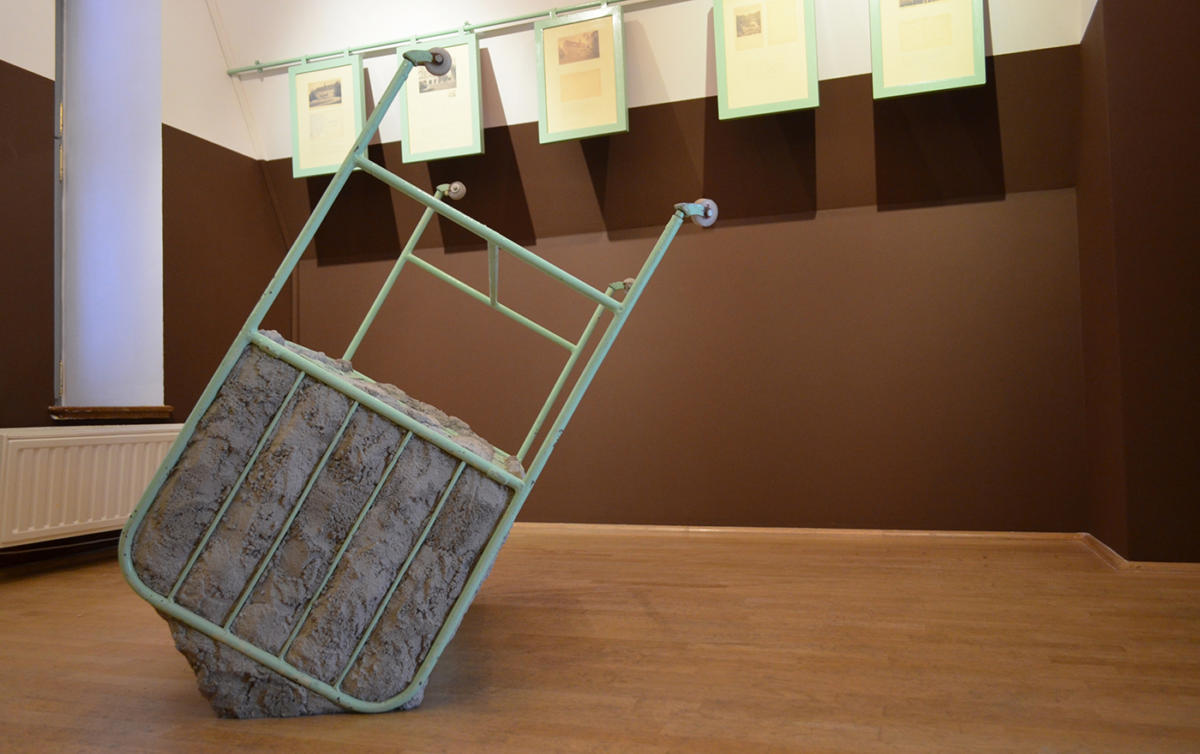



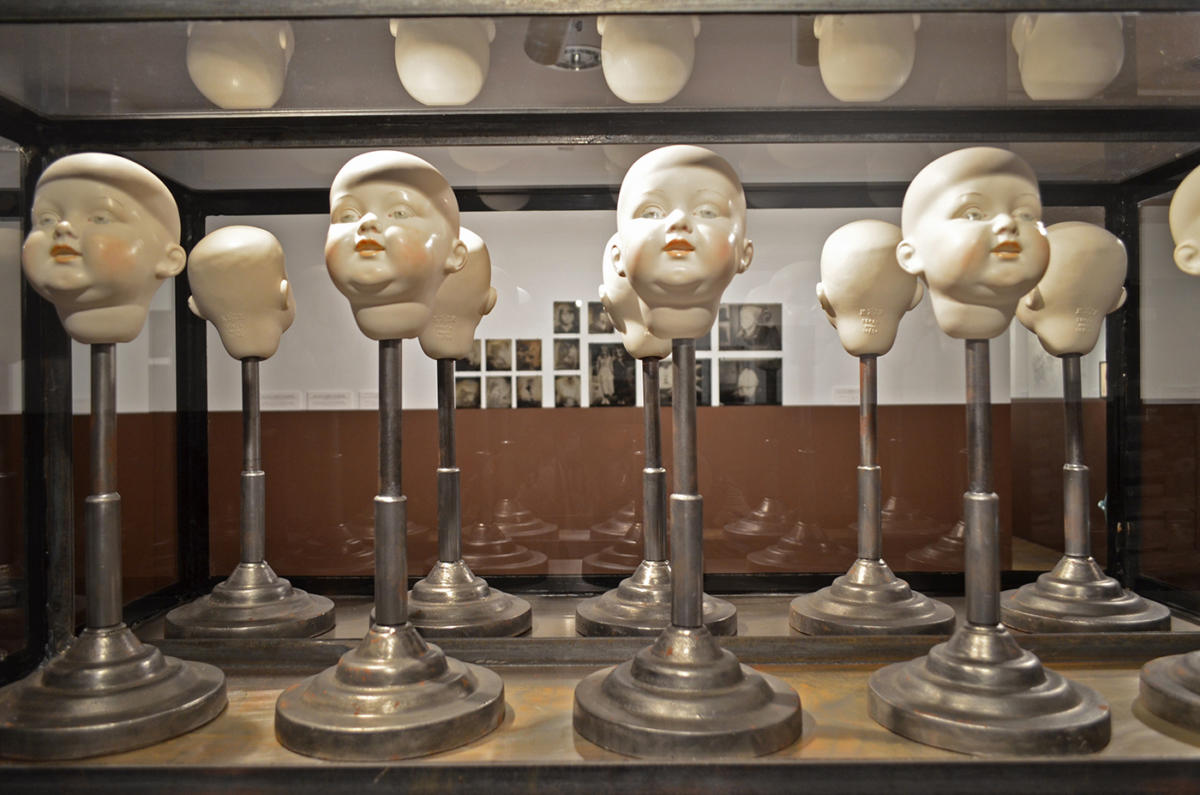

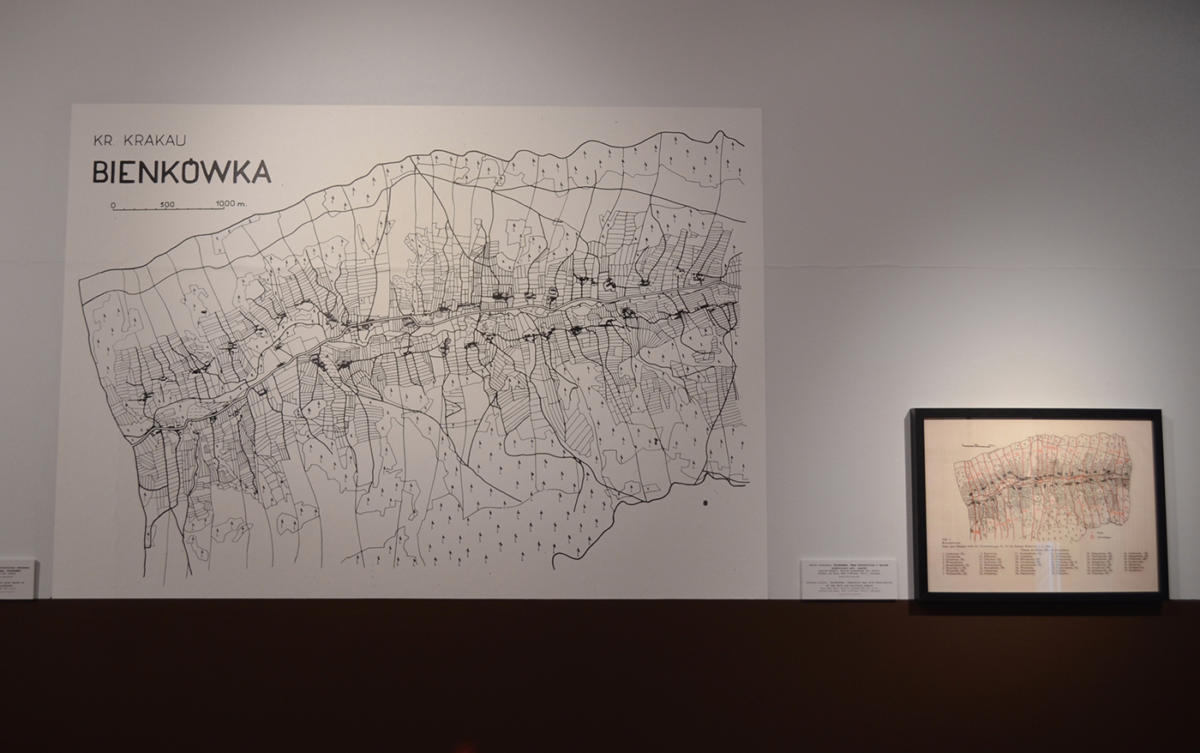

ENG
In the research into the methods of the organised propaganda system, which Dorota Nieznalska has been conducting for several years, she has referred to the figures of the World War I and II conflicts (Suur-Suomi / Great-Finland) as well as the history of places (The Cult of Memory! Tannenberg-Denkmal). When analysing artefacts and their historical documentation (mainly photographic), she vivisects them. She touches upon themes which today are forgotten or fended off by their direct victims so that she can tell us about the ways totalitarian systems use to manipulate people. She shows the repetitiveness of these strategies, beginning from dividing people into racial, ethnic, and national categories, through forcing them to represent a particular world view, suppressing their individuality, treating different traditions as inferior, as they are foreign, to science methods being used as tools for creating new mythologies of a homogeneous state.
The Collection of Institut für Deutsche Ostarbeit (IDO) [Institute of German Work in the East] is based on the activity of the title German research institution founded in 1940 by the fascists at the Jagiellonian University in Cracow. IDO, with Dr Hans Frank, head of the General Government and minister of Hitler’s government, as its chairman, had several sections. The Sektion Rassen-und Volkstumsforschung [Race and Ethnography Section] is still rather unknown but really interesting from today’s perspective as its purpose was to „inventory images”. It was responsible for anthropological documentation, including measurements, collecting hand prints, hair samples and, above all, photographing faces, heads and figures. The housing of Lemko, Polish, Roma, Ukrainian and Jewish people was documented too.




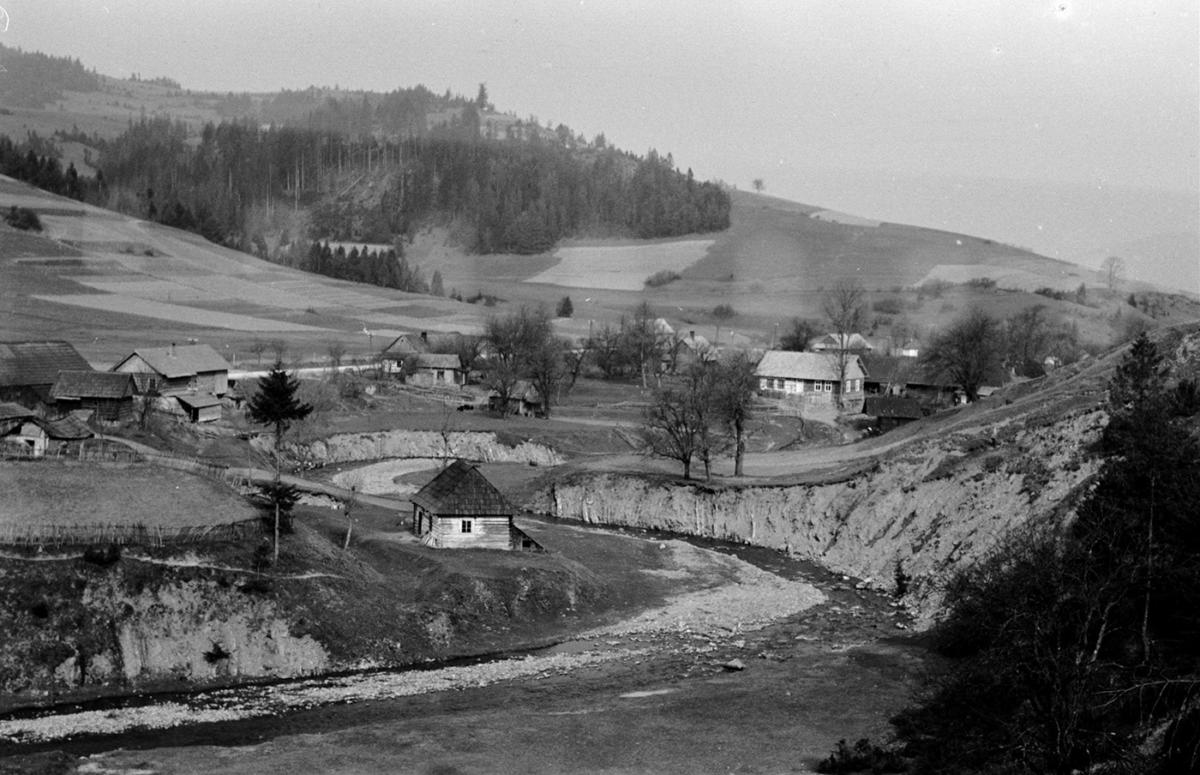

Dorota Nieznalska reflects on the varied uses of the tools of anthropology, ethnography and history of art. She shows how science gets entangled in totalitarianism as well as the ambiguous status of architectural and ethnographic photographs which seem innocent at the first sight. Working on a digital record of the IDO collection, the artist transferred some portraits onto glass and created a timeless ambrotypes. The return to the old refined photographic technique brings back the portrayed people’s dignity which was taken away from them over 70 years ago. Their identity and ethnic tradition becomes a value, contrary to what it was for the Nazi: a calculated record, which allowed planned extermination or selective saving and Germanization of chosen families, especially children, who fitted the Aryan type.
The artist deals with the theme of „racially pure” children taken away from their parents in a really touching way. The research by the IDO facility in the Haczów village in Podkarpacie, whose inhabitants were of interest due to their Aryan looks, helped the Nazi support their thesis about ancient German presence in the East and the natural necessity of their return. The Haczów children were seen as descendants of Scandinavian and German tribes, as they had fair hair and bright eyes. Such conclusions were a simple „justification” for creating orphanages, the so called Lebensborn, which were to implement the idea of creating racially pure individuals without sentimental needs who would support the only world view which was considered right: national socialism. In reality, separation from parents and depraving babies of their mothers had tragic results. Most of the children had emotional and physical dysfunctions due to the tremendous trauma. Sculpture objects as well as an archive film tell this dishonourable story.
By bringing back photographic archives prepared by the Third Reich in one of the oldest Polish scientific facilities, the author presents facts and documentation with baldness which is typical of her and transforms them into an artistic form of installation. This largely unknown chapter of World War II history, which had been outside Poland’s resources until 2008, is definitely worth considering. The entire IDO’s archive was hidden in Bavaria in 1945. After it was taken over by the Allies, the files were transported to Washington. There, they were in Smithsonian Institution’s charge and underwent gradual digitalisation, to become its collection. They were only handed over to Poland by the American government 9 years ago. They are kept at the Institute of Ethnology and Cultural Anthropology as well as Archive of the Jagiellonian University. The collection is not available to general public. The subject is very painful to those afflicted by the activities of IDO in today’s Poland and Ukraine.
Dorota Nieznalska refers to the forgotten and touchy facts without controversies, but in reference to her own family, as they were displaced during Operation Vistula. It is the 70th anniversary of this violent pacification by the Polish army, which is often interpreted as ethnic cleansing.
Dorota Nieznalska, (born in 1973 in Gdańsk) – sculptor, visual artist, author of video art and photographs. Graduate of the Faculty of Sculpture at the Academy of Fine Arts in Gdańsk, where she obtained a PhD in 2013. In 2010-2017, a lecturer at the Faculty of Intermedia.
She cooperated with Wyspa Gallery and Wyspa Progress Foundation in Gdańsk. Author of many solo exhibitions and pieces completed as a part of residency programs in Finland, Sweden, Germany, etc. Charged with offending religious sensibility in 2001, she was acquitted in 2010. Her work provoked extensive discussions on the limits to art statements. Currently, she is interested in social and political relations in the context of violence. She conducts research projects on remembrance sites, traces of memory/being forgotten and history. Her pieces can be found in the collections of the National Museum in Gdańsk, Łaźnia Centre For Contemporary Art, Centre of Polish Sculpture, Arsenal Gallery in Białystok, European Solidarity Centre in Gdańsk, Norrtelje Konsthalle in Sweden, Kunstforum Ostdeutsche Galerie in Regensburg, etc.
Małgorzata Taraszkiewicz-Zwolicka
Przypisy
Stopka
- Osoby artystyczne
- Dorota Nieznalska
- Wystawa
- Kolekcja Institut für Deutsche Ostarbeit / The Institut für Deutsche Ostarbeit collection
- Miejsce
- Muzeum Narodowe w Gdańsku, Gdańska Galeria Fotografii / National Museum in Gdansk
- Czas trwania
- 2.09–29.10.2017
- Osoba kuratorska
- Małgorzata Taraszkiewicz-Zwolicka
- Strona internetowa
- mng.gda.pl

